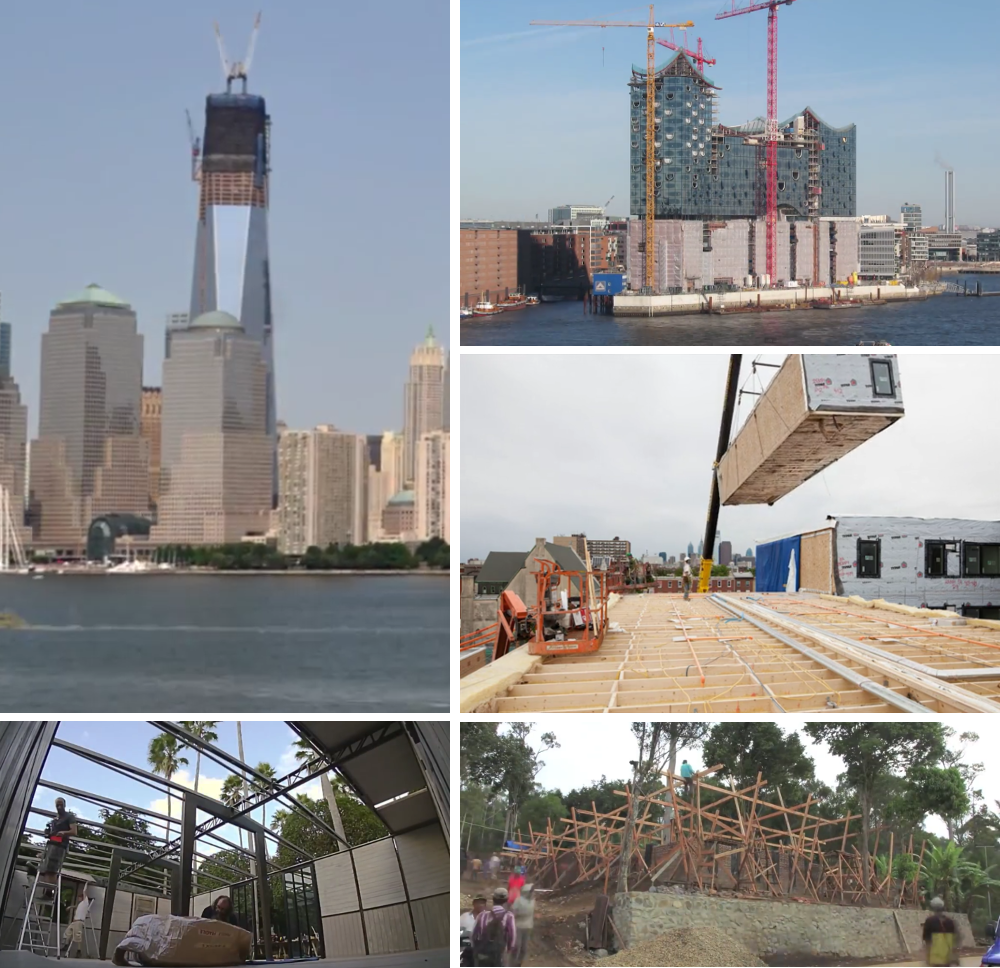
The story of the African built environment is often told through historical perspectives of colonization and political crises, emphasizing the difficulties that African people have faced. Economic perspectives such as poverty, development and globalization also create stereotypes of the continent. Often missing from these are the transformations in space that result from daily and repeated use. These transformations emerge from ideas exchanged between people and their movements through their neighborhoods, cities, regions and countries. The quality of spaces that we may find will paint a complex picture of Africa.



